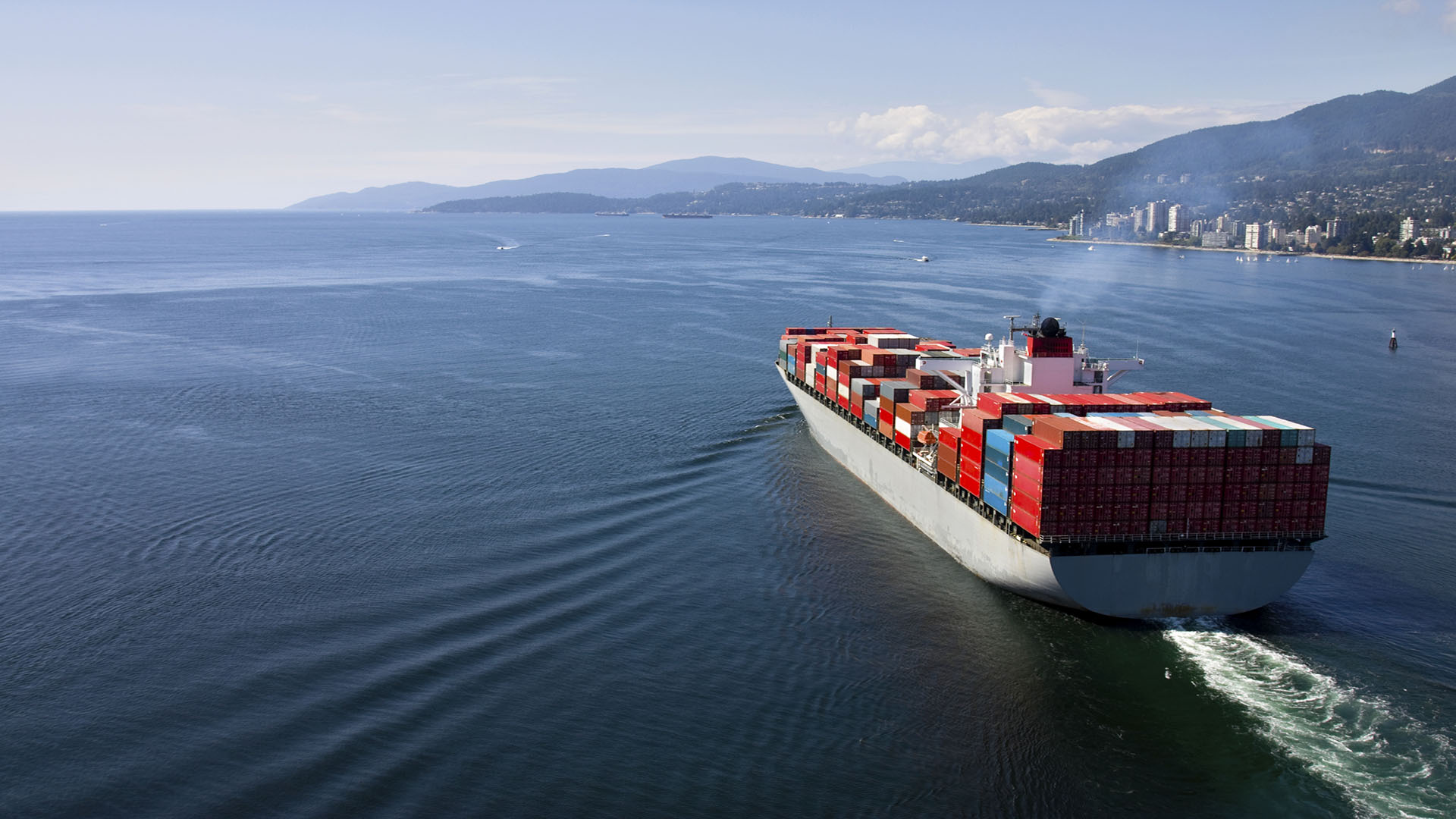
MSS Case January: Collision at night
It was just after midnight and the Second Officer was acting as OOW on vessel A, with a dedicated lookout. The vessel was maintaining a speed of about 11 knots and a course of 085 degrees. The bridge had two radars. The port radar used a CPA with a 0.5M CPA and TCPA of 6 minutes. The
alarms were set to have the target blink but not give an audible alarm.
At around 00.15 hours the Second Officer was surprised to see the plotted target of vessel B blinking with almost zero CPA and less than 6 minutes before collision. Vessel B was on the starboard bow. At this time vessel A was using the autopilot to steer but the Second Officer switched to manual steering when he realised that a collision was imminent. He ordered the helmsman to steer hard to starboard. At this time the Master was on the bridge of vessel B which had a speed of about 10 knots and a heading of 019 degrees. A lookout was on the outside starboard bridge wing. At the same time as vessel A altered to starboard the VTS asked the Master on vessel B what their intentions were regarding vessel A. The Master of vessel B responded that they would go astern of vessel A and used the autopilot to alter the ship’s course to port by about 10 degrees.
The Second Officer on vessel A did not notice that vessel B was altering as well. Three minutes before the collision the VTS had discussed the intended anchor position with the Master on vessel B. At this point the Master looked at the charts to verify the information he was giving them and so was unaware that vessel A had altered course to starboard.
A couple of minutes before the collision, the Second Officer on vessel A ordered ‘mid-ship’ and shortly thereafter ‘fifteen to port’. The Second Officer ordered mid-ship again and to keep the course of 150 degrees. He made these alterations because at the point when he ordered mid-ship, vessel B had crossed the bow from starboard to port by about 30 degrees, and so therefore felt that vessel B was well clear. Under the circumstances, he was concerned that the stern might be in collision with vessel B if vessel A kept turning to starboard. He further believed that he would be unable to take any further action if he kept altering to starboard.
One minute before the collision the Master of vessel B could see the red light of vessel A on the bow and he ordered full astern. Unfortunately neither of these actions prevented the collision.
Questions
When discussing this case please consider that the
actions taken at the time made sense for all involved. Do
not only judge but also ask why you think these actions
were taken and could this happen on your vessel?
- What were the immediate causes of this accident?
- Is there a risk that this kind of accident could
happen on our vessel? - Do we use CPA and TCPA alarms?
- How do we ensure that we are aware of the traffic
situation while we speak on the VHF? - Do we use all navigational equipment on the bridge
while sailing?
- How does COLREGS rule 5 apply?
- How does COLREGS rule 7 apply?
- How does COLREGS rule 8 apply?
- What sections of our SMS would have been
breached if any? - Does our SMS address these risks?
- How could we improve our SMS to address these
issues? - Is there any kind of training that we should do
that addresses these issues? - Do our procedures make sense to the work we
actually do? - What can we learn?